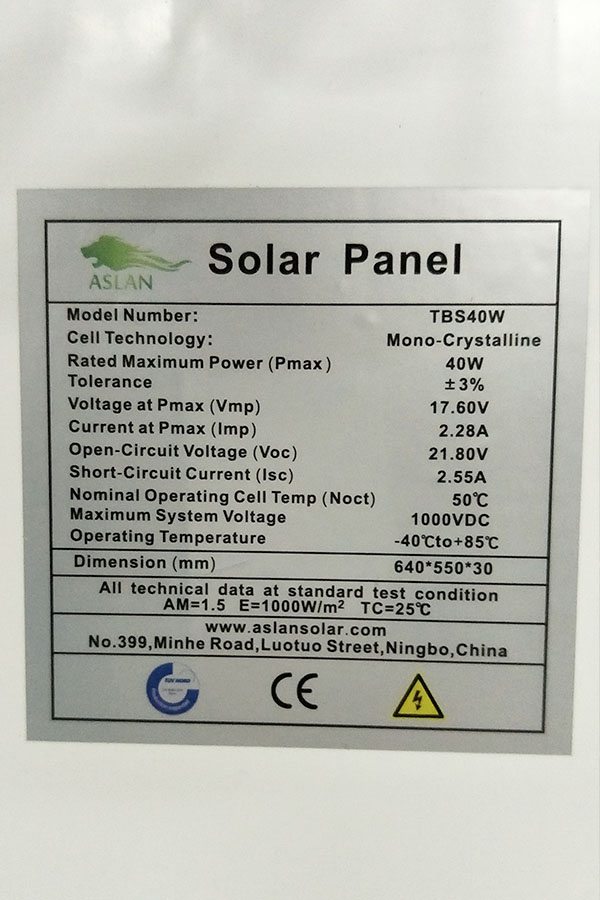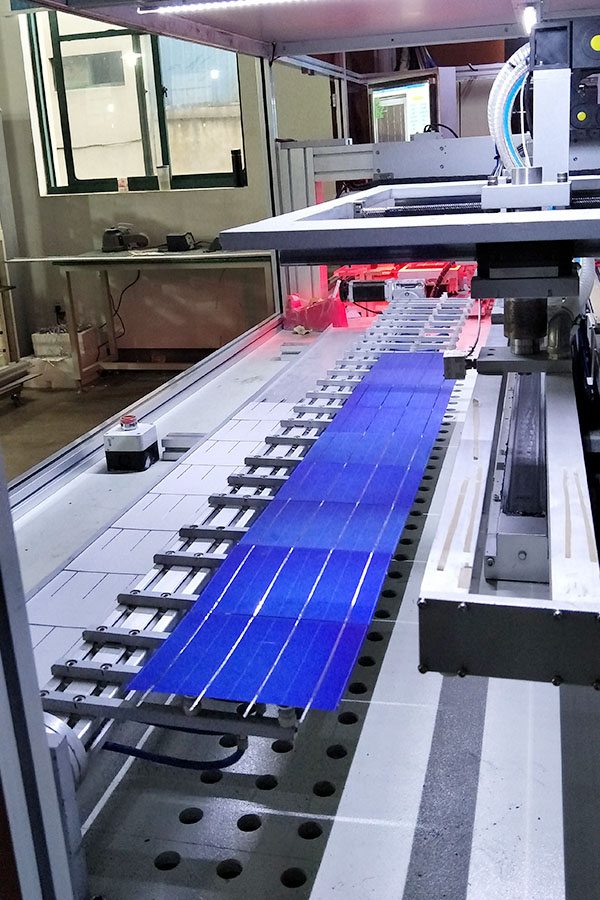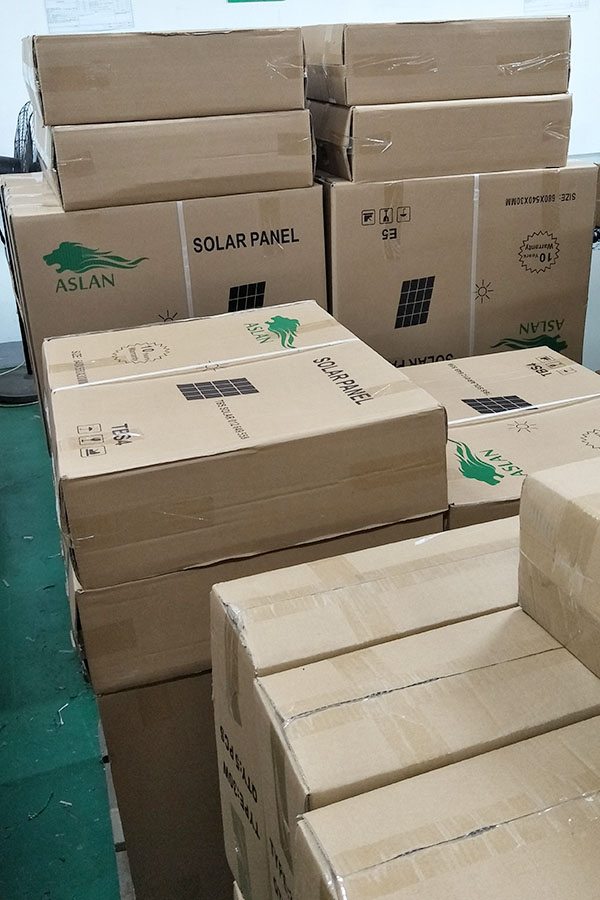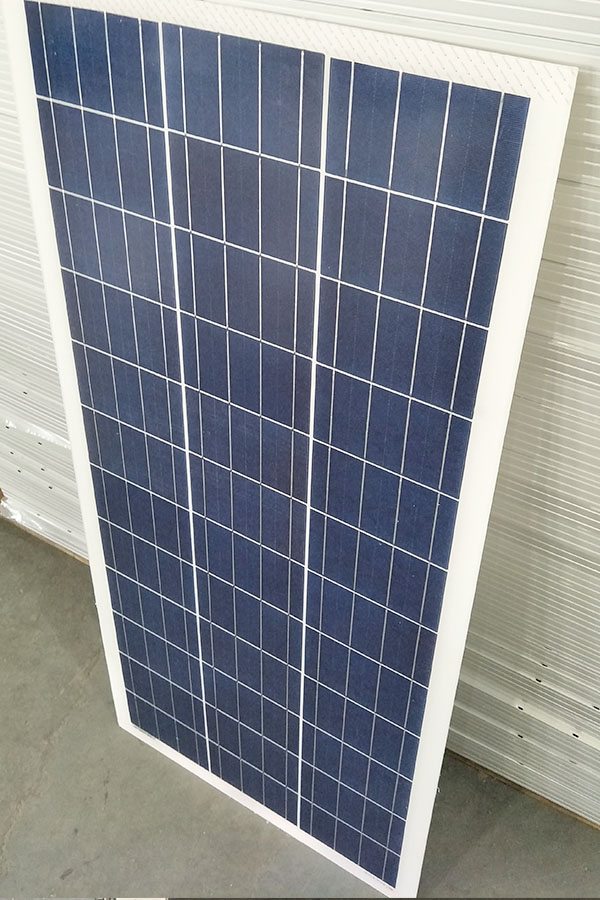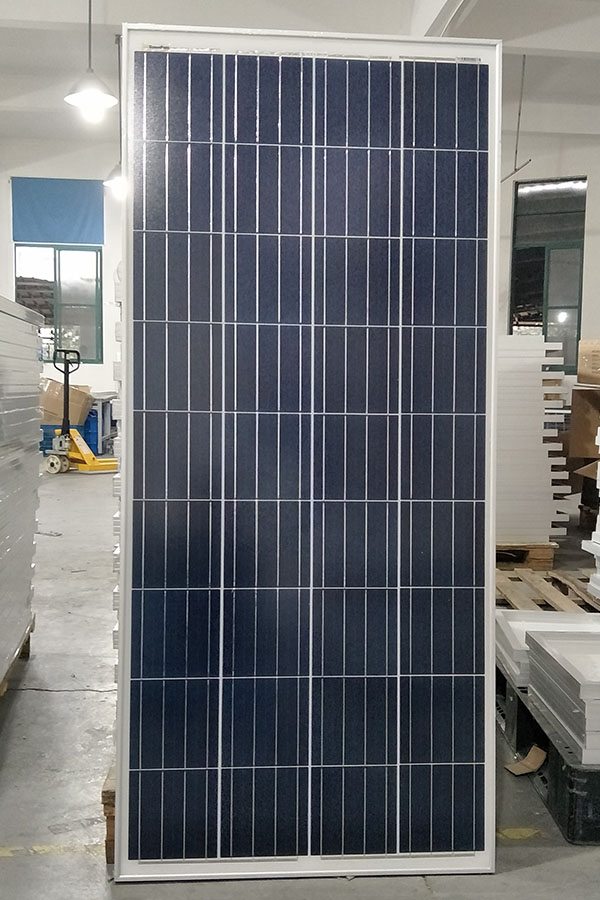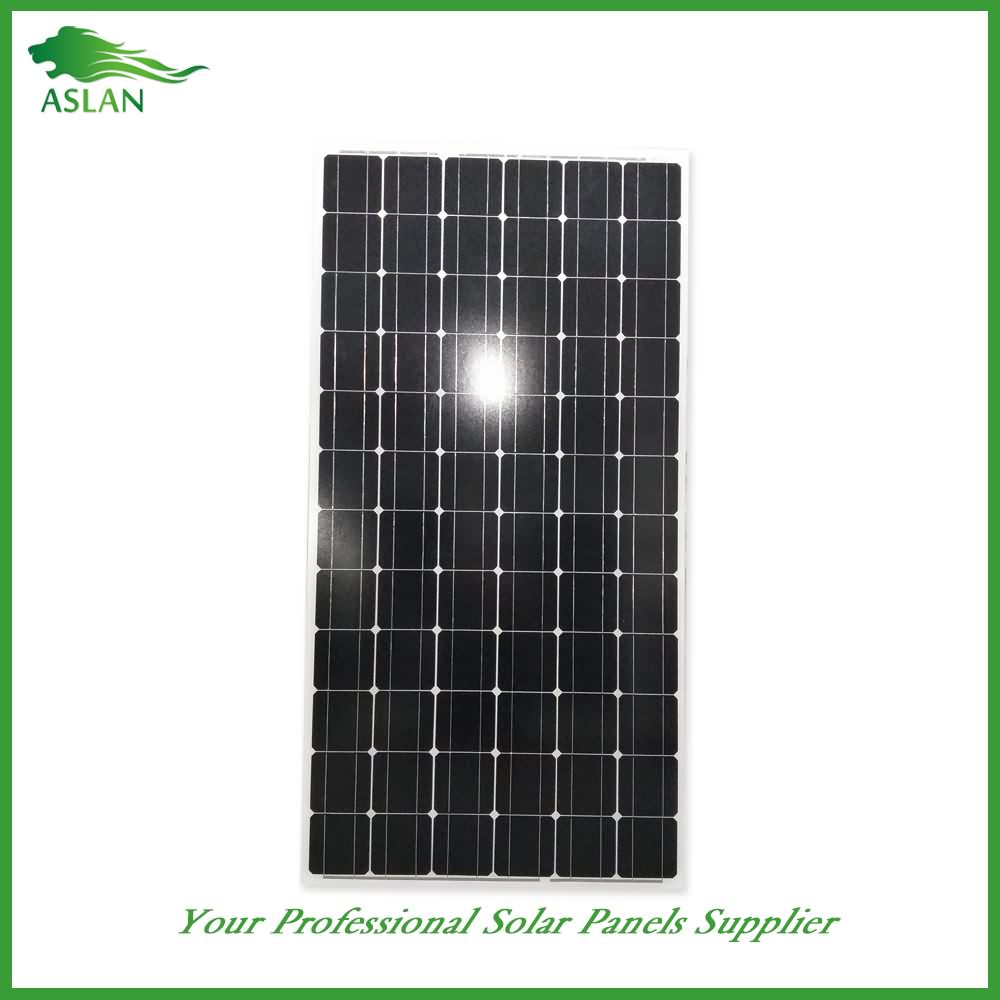2016 Good Quality Poly-crystalline Solar Panel 100W to Guatemala
Short Description:
We rely upon strategic thinking, constant modernisation in all segments, technological advances and of course upon our employees that directly participate in our success for 2016 Good Quality Poly-crystalline Solar Panel 100W to Guatemala, We will wholeheartedly welcome all clients in the industry both at home and abroad to cooperate hand in hand, and create a bright future together.
Technical parameter
Maximum Power(W) 100W
Optimum Power Voltage(Vmp) 17.87V
Optimum Operating Current(Imp) 5.60A
Open Circuit Voltage(Voc) 21.45V
Short Circuit Current(Isc) 6.17A
Mechanical Characteristics
Cell Type Polycrystalline 156x104mm (6 inch)
No of Cell 36 (4x9pcs)
Dimensions 1120x678x35mm
Weight 9.7KGS
Front Glass 3.2mm,High Transmission, Low Iron,Tempered Glass
Junction box IP65 Rated
Output Cable TUV 1×4.0mm2/UL12AWG,Length:900mm
Temperature and Coefficients
Operating Temperature(°C): -40°C ~ + 85°C
Maximum System Voltage: 600V(UL)/1000V(IEC) DC
Maximum Rated Current Series: 15A
Temperature Coefficients of Pmax: -0.435%
Temperature Coefficients of Voc: -0.35%
Temperature Coefficients of Isc: 0.043%
Nominal Operationg Cell Temperature (NOCT): 47+/-2°C
Materials of solar panel
1).Solar Cell——Polycrystalline solar cell 156*52mm
2).Front Glass——-3.2mm, high transmission, low iron, tempered glass
3).EVA——-excellent anti-aging EVA
4).TPT——-TPT hot seal made of flame resistance
5).Frame——anodized aluminum profile
6).Junction Box——-IP65 rated, high quality, with diode protection
Superiority: high quality anodized aluminum frame, high efficiency long life, easy installation, strong wind resistance, strong hail resistance.
Features
1. High cell efficiency with quality silicon materials for long term output stability
2. Strictly quality control ensure the stability and reliability, totally 23 QC procedures
3. High transmittance low iron tempered glass with enhanced stiffness and impact resistance
4. Both Poly-crystalline and Mono-crystalline
5. Excellent performance in harsh weather
6. Outstanding electrical performance under high temperature and low irradiance
Quality assurance testing
Thermal cycling test
Thermal shock test
Thermal/Freezing and high humidity cycling test
Electrical isolation test
Hail impact test
Mechanical, wind and twist loading test
Salt mist test
Light and water-exposure test
Moist carbon dioxide/sulphur dioxide
New Video of giant Jupiter rising above the city of Perth!
Solar System Video showing the 8 planets of the Solar System orbiting the Sun. As we move out from Mercury, Venus, Earth and Mars, towards the gas giant planets of the outer Solar System, each of the planets take longer to orbit the sun.
The planets in order of size are;
Mercury
Mars
Venus
Earth
Neptune
Uranus
Saturn
Jupiter
When listed in terms of distance from the Sun, the order is as follows;
Mercury
Venus
Earth
Mars
Jupiter
Saturn
Uranus
Neptune.
All of the planets orbit the Sun in an anti-clockwise direction. Most also rotate on their axis in an anti-clockwise direction. The exceptions to this rule are;
Uranus – Which rotates on it’s end like a bowling ball
Venus – Which rotates clockwise, but very slowly.
Venus rotates so slowly that a day on planet Venus is longer than a year!
The planet with the fastest rotation in Jupiter, which rotates every 10 hours. So fast that it causes the planet to flatten out a little.
In this Solar System video, the distance between the planets is not to scale. In the real Solar System the distances are vast.
The size of the planets in this Solar System video is also just an indication of their relative size. In reality Jupiter is many more times the size of the Earth.
The planets would also not create shadows on each other as they do in this video.
Other bodies that exist in the Solar System but are not included in this Solar System video include, The Dwarf Planets (of which Pluto is one), The asteroid belt (which sits between the orbit of Mars and Jupiter), and the Ort Cloud (which sits beyond the orbit of Neptune)
I hope you find this Solar System useful. Feel free to use it for educational purposes in your classroom when teaching kids about the Solar System.
This is part 3 in our video series on how to build your own DIY large solar generator (2,000 Watt / 4,000W Peak). In this step we will be mounting all of the external components to the outside of the pelican case, as well as mounting the battery and major internal components to the inside.
See the full component list and build instructions here:
https://www.modernsurvivalists.com/how-to-build-a-2000-watt-solar-generator-part-1/#.V1ydLGYVFaQ
Amazon links for major components used:
Inverter – http://amzn.to/1tp5Qyl
Solar Panel Kit – http://amzn.to/1tjLExb
Pelican 1620 Case – http://amzn.to/1UnvtJB
Optima Battery – http://amzn.to/28tf8cs
LED flood Lamps – http://amzn.to/2961fej
Music:
Shurk – Innocent Man – https://soundcloud.com/shirkofficial/


